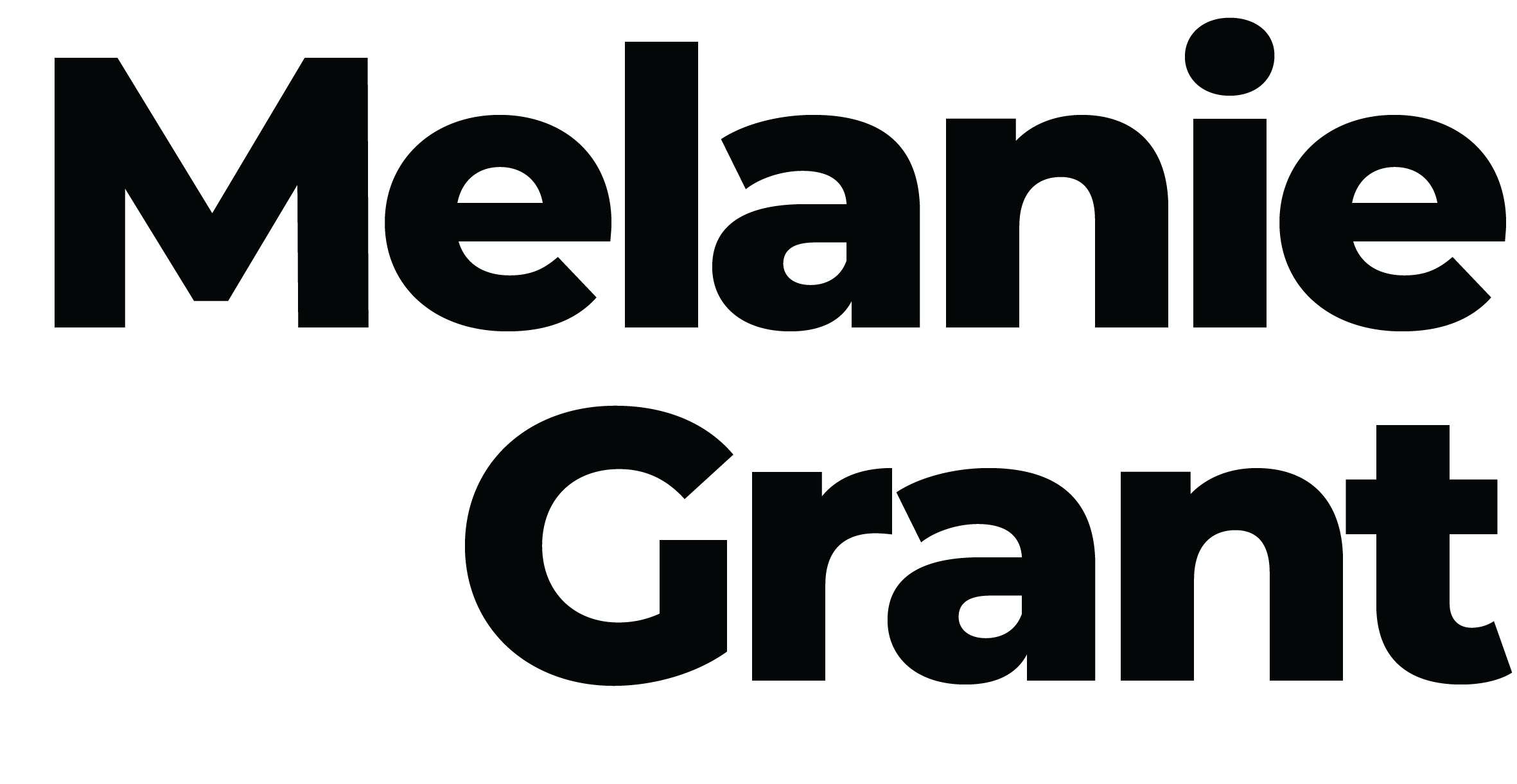Poikiloderma is a skin condition that refers to redness and mottled pigmentation that occurs on the sides of the cheeks, neck and the décolletage. It’s characterised as a reddish, brown pigment that appears in a reticular (net-like) pattern made prominent through thinning skin and dilated fine blood vessels that are often close to the surface of the skin. Poikiloderma is recognisable through its V-like formation; it typically creates a symmetrical border around the neck and chest but usually doesn’t affect the area of the neck which is protected from the sun by your chin. Poikiloderma commonly occurs in fair or sensitive-skinned middle-aged and menopausal women.
There are two types of poikiloderma: standard poikiloderma and poikiloderma of Civatte. Standard poikiloderma is a genetic condition whereas poikiloderma of Civatte is caused by overexposure to the sun. It has also been linked to more serious health conditions such as lupus and Lyme disease, so I urge anyone with poikiloderma to consult a doctor to ensure there are no sinister contributors at play.
I’m an avid believer in a preventative approach, applying a daily SPF50+ is such a simple step that makes a world of difference. Meticulous sun protection from a young age is paramount to our overall skin health — it’s a preventative measure we should all be taking to help reduce our chances of experiencing pronounced skin conditions such as poikiloderma. That being said, it’s never too late to incorporate sunscreen as a non-negotiable final step in your daily skincare routine, ensuring to apply to the face and take the product all the way down the neck, décolletage and any other areas exposed to the sun.
Whilst sun protection is vital, genetics and hormonal changes can also contribute to the onset of this condition and unfortunately once formed there is no cure. However, there are a few effective ways to help calm the pigmentation and ensure it doesn’t spread further. Professional treatments such as pulsed dye lasers and IPL therapy can help to dull the appearance of pigment and improve the condition of the skin as a whole. This is combined with diligent sun protection from both a broad spectrum SPF50+ and covering exposed areas with ample protective clothing are the best ways to manage and prevent the condition from becoming more pronounced.
